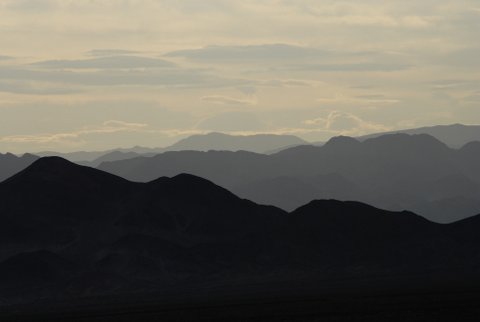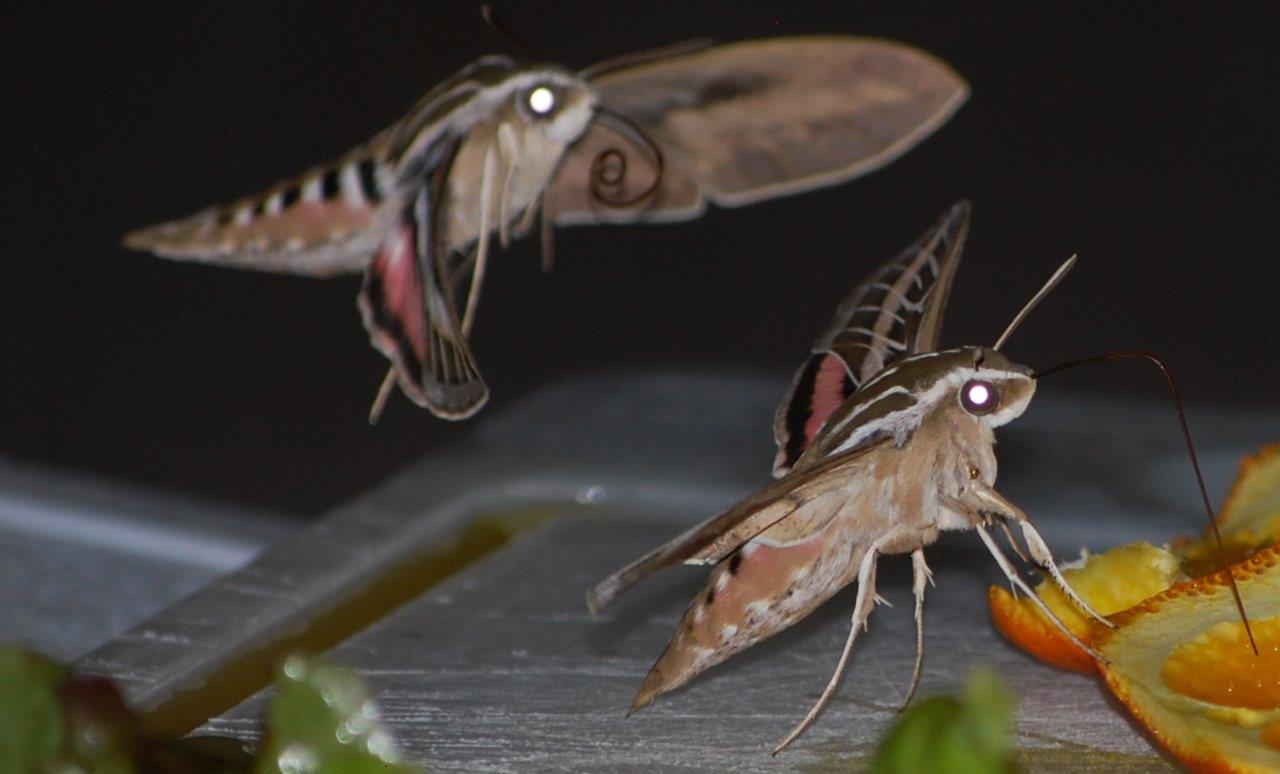There’s nothing like spending time in the desert to make one appreciate water.
It might seem strange to some that a water wonk like me spends considerable time in the desert. I've tried to go down to the vast Southern California desert for some time every year, typically in the spring when the winter cold is receding and the days are getting longer and there is a chance of some of the dramatic wildflower blooms that the sparse desert rains can produce. The skies at night are phenomenal; the landscapes primitive, and the wildlife raw. There is no better place to see how nature adapts to extremes and to get away, even briefly, from the day-to-day.
And there is no better place than the desert if you truly want to understand water and the role it plays in our personal lives, where limits on water define everything you see and do.
I've just returned from my annual pilgrimage. I go with family and sometimes friends. We car-camp, but have favorite spots that are very isolated off the main roads in different locations around Death Valley, the Mohave preserves, Anza Borrego, and elsewhere. I won’t say where (we desert rats always have our favorite remote special places), but on a typical three or four day trip, we may see only two or three other groups of people. [Here’s a hint: I took this photo at dusk, facing west.]
 Somewhere in the California desert.Photo: P. Gleick, March 28, 2013
Somewhere in the California desert.Photo: P. Gleick, March 28, 2013
Modern conveniences have made desert camping easy. Four-wheeled or all-wheel drive vehicles are common and provide reliable access to remote areas. There are excellent maps. Comfortable camping equipment makes sleeping under the stars a wonderful experience. You can carry more water than if you were backpacking (remember, water weighs eight pounds per gallon). And we cook and eat magnificently (Freeze-dried stuff? Never. We prepare gourmet food on one or two burners.)
The limit is always water. When we run out of it, we must leave or move and find a place to refill our water bottles.
This year, there were three of us. We had a total of around seven gallons of water, plus perhaps another gallon of drinks (fruit juice, beer, wine) in a cooler with our food, plus whatever water was in the food itself.
The water itself had to serve for cooking, drinking, and cleaning. And it lasted three nights and parts of four days for three people – nearly three full days measured in hours.
We used it for drinking: to fill our water bottles that accompanied us on our hikes through washes and canyons and across a long valley to an old mining site and desert oasis. Perhaps four gallons over the time we were out.
We used it for washing and rinsing dishes and pots after cooking. Each major meal (three dinners and three cooked breakfasts; lunches were sandwiches, fruit, cookies) could be cleaned up with around a quart of water – say another two gallons. [As an example of how opportunistic desert life is when a source of moisture appears, here is a photo of what showed up within a minute or two of cutting open an orange.]
 White-lined sphinx moth. Photo: P. Gleick 2013.
White-lined sphinx moth. Photo: P. Gleick 2013.
Not a lot of personal washing occurred: perhaps another gallon over the nine person-days of the trip.
And that’s it. We left the desert with only a quart or two of water remaining. In a few hours we were sitting in a restaurant drinking 20-ounce lemonades and milk shakes.
We also left the desert with, of course, a substantial water debt: more water went to showers and to wash our clothes when we got home. A lot of it. More water went to wash the dishes, pans, and utensils so they will be clean for the next time we use them. Sustaining the low level of water used in the desert involves, in the end, deprivation and limits and compromises of many different kinds, as billions of people know.
So it is good to be reminded, every now and again, of the value of water, of how precious it is, and how much less one can use when necessary. I am lucky to live in a society where we don’t have to get by on a few gallons per day, we don’t have to consider the water cost of every action, clean and incredibly cheap water comes out of our taps, and the struggle for water doesn’t define our lives. If only this were so for the billions of people who do not have the water riches we do.

Water is not only a resource, it is a life source. We all share the responsibility to ensure a healthy, secure and sustainable water supply for our communities.